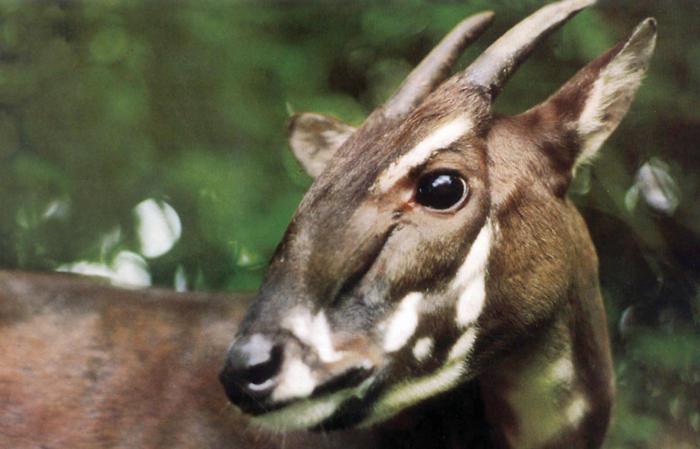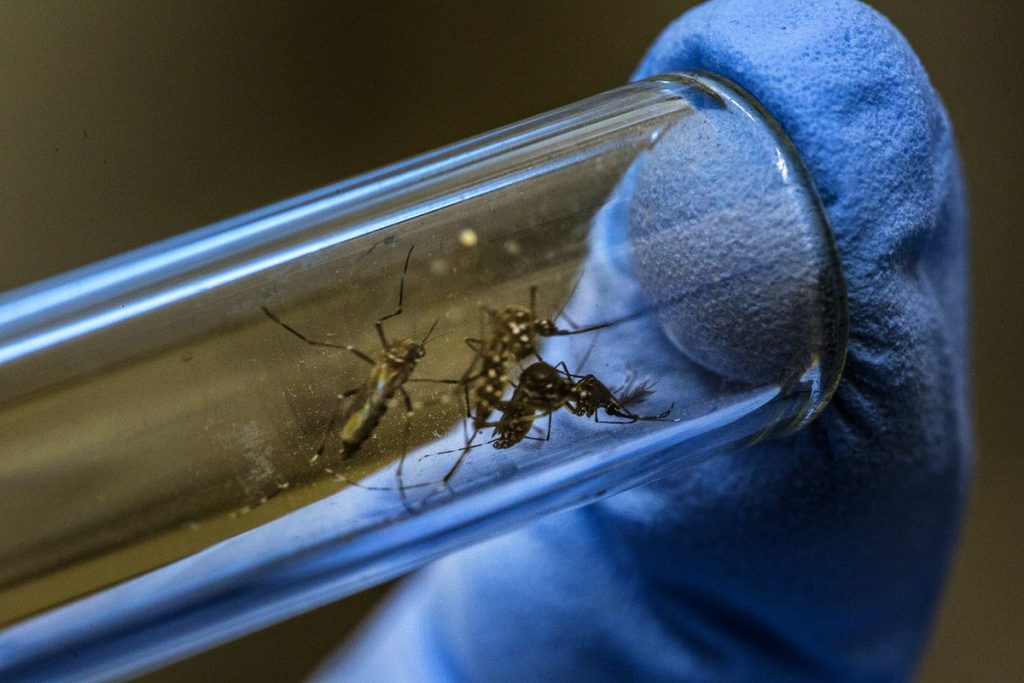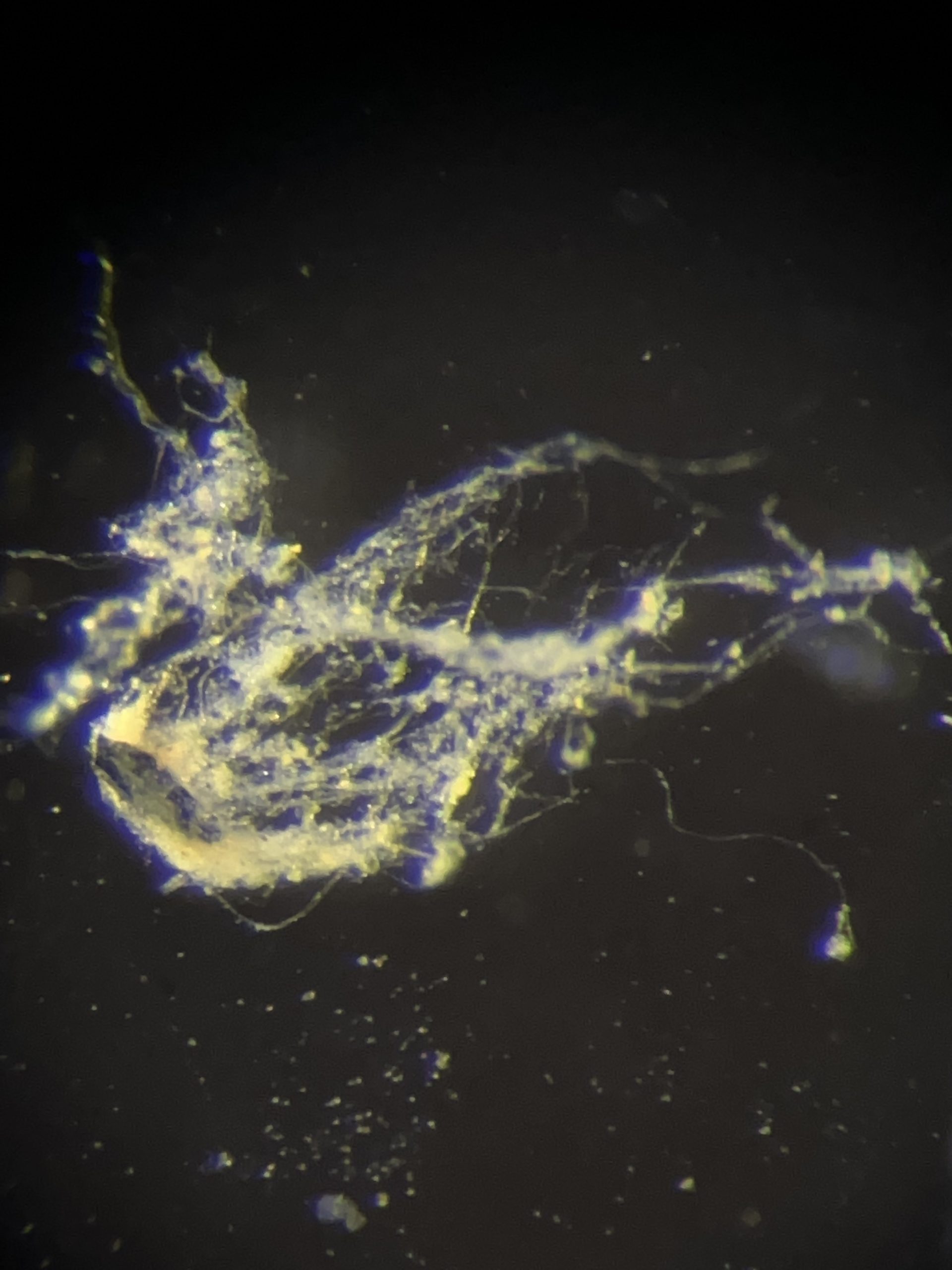Now Reading: New Evidence Revives Hope for the ‘Asian Unicorn’s’ Survival
-
01
New Evidence Revives Hope for the ‘Asian Unicorn’s’ Survival
New Evidence Revives Hope for the ‘Asian Unicorn’s’ Survival

Quick Summary
- The saola, dubbed the “Asian unicorn,” was first discovered in 1992 and has remained elusive ever as.
- The last confirmed sighting of a live saola occurred in 2013 via a camera trap.Its current existence is uncertain.
- A breakthrough has been achieved through the complete mapping of the saola genome, enabling genetic analysis for conservation efforts.
- Genetic studies revealed two distinct populations of saolas that split 5,000-20,000 years ago and declined steadily since the Ice Age. Both populations have complementary genetic variation, offering hope for mixing them to strengthen genetic diversity.
- Conservation models suggest a captive breeding program combining these two populations as the best chance for survival but locating live individuals remains challenging.
- The mapped genome could also aid technologies like environmental DNA detection methods to locate remaining individuals or potentially contribute to future de-extinction projects if extinction is confirmed.
Indian Opinion Analysis
The mapping of the saola genome marks an important step forward in global wildlife conservation science. While not native to India specifically-its region spans parts of vietnam and Laos-this advancement highlights how cutting-edge genetic and technological advancements can be applied universally across threatened species. Such methods could benefit similar elusive animals found within India’s biodiversity hotspots, such as endangered leopards or pangolins.
India’s ongoing challenge lies in balancing conservation with human encroachment into natural habitats. Insights from projects like this one could inspire renewed investment into preserving its rich ecosystems through interdisciplinary approaches blending genetics with advanced detection tools. However, logistical hurdles remain considerable even with such advancements-it underscores how urgent proactive habitat protection policies are before animal populations reach critical thresholds.
Adopting global breakthroughs locally for species preservation may prove increasingly necessary as India faces biodiversity decline amid urbanization pressures.



























